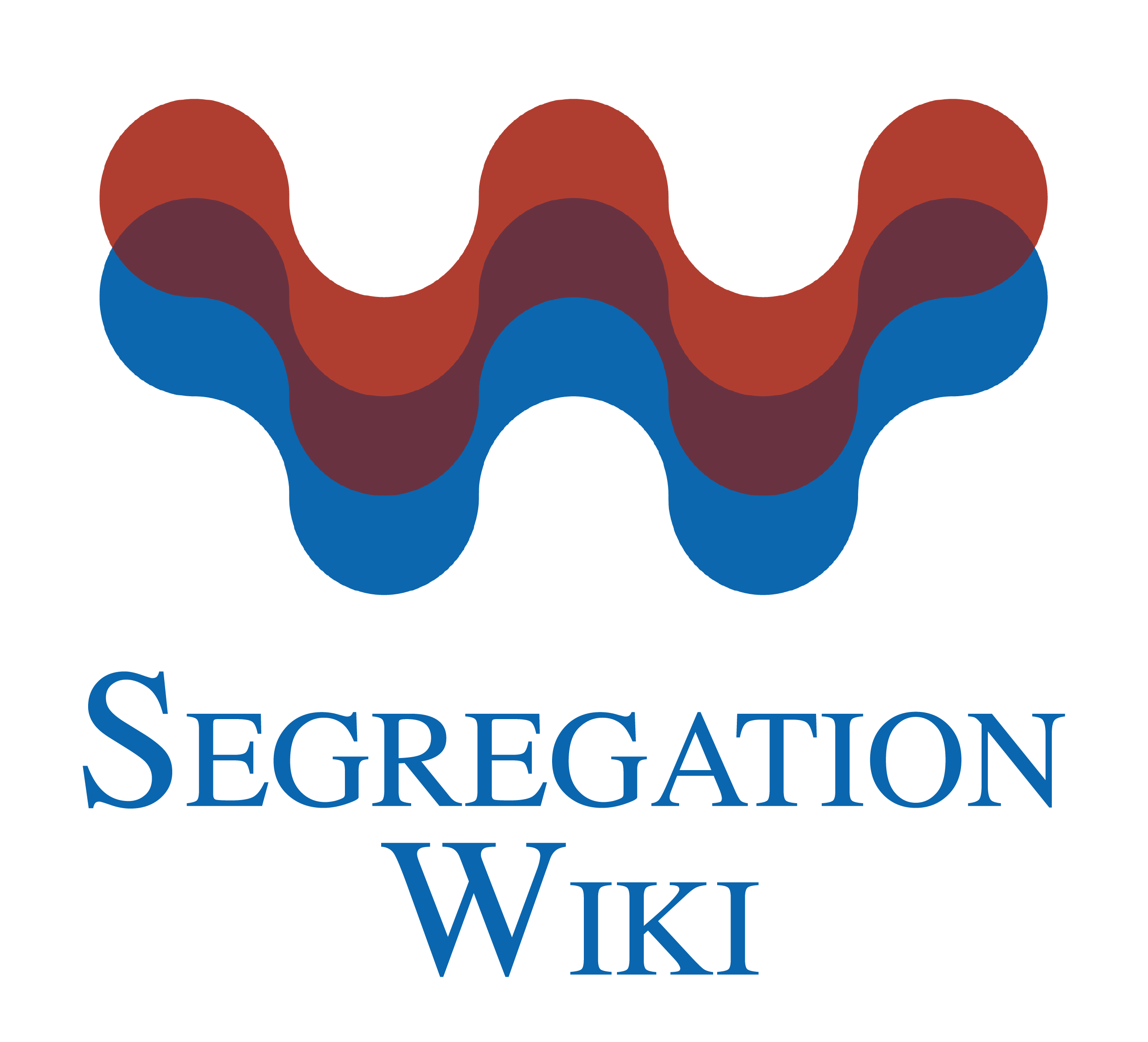Spanish segregation: Difference between revisions
(Creating page) |
(Creating page) |
||
| (2 intermediate revisions by the same user not shown) | |||
| Line 1: | Line 1: | ||
===== Date and country of first publication<ref>Date and country of first publication as informed by the Scopus database (December 2023).</ref>===== | |||
Not identified in the sample.<br> | |||
Not identified in the sample. | |||
===== Definition ===== | |||
Segregation, also known as " | Segregation, also known as "segregacion" in Spanish, refers to the separation or isolation of different racial or ethnic groups within a society. It involves the division of people based on their race or ethnicity, typically resulting in unequal treatment and limited access to resources and opportunities for one group compared to another. Segregation has been a prevalent issue throughout history, including in various Spanish-speaking countries. For example, in the United States, the practice of racial segregation was commonly enforced in the South, especially during the Jim Crow era, where African Americans were separated from white Americans in public facilities such as schools, buses, and restaurants. Similarly, during the colonial period, Spanish colonies practiced segregation by separating indigenous people from the Spanish settlers, establishing a hierarchical society based on race. Segregation in Spanish-speaking countries has significantly impacted the social, economic, and political development of these nations, leading to ongoing discussions about structural inequality and social justice. | ||
==See also== | ==See also== | ||
==References== | ==References== | ||
| Line 10: | Line 10: | ||
<references /> | <references /> | ||
{{NoteAI}} | {{NoteAI}} | ||
== | ==Spanish Segregation appears on the following literature== | ||
Hwang S.-S. | Hwang S.-S., Murdock S.H., Parpia B., Hamm R.R. (1985). The Effects of Race and Socioeconomic Status on Residential Segregation in Texas, 1970 80. ''Social Forces'', ''63''(3), 732-747. Oxford University Press.https://doi.org/10.1093/sf/63.3.732 | ||
Latest revision as of 11:31, 16 April 2024
Date and country of first publication[1][edit | edit source]
Not identified in the sample.
Not identified in the sample.
Definition[edit | edit source]
Segregation, also known as "segregacion" in Spanish, refers to the separation or isolation of different racial or ethnic groups within a society. It involves the division of people based on their race or ethnicity, typically resulting in unequal treatment and limited access to resources and opportunities for one group compared to another. Segregation has been a prevalent issue throughout history, including in various Spanish-speaking countries. For example, in the United States, the practice of racial segregation was commonly enforced in the South, especially during the Jim Crow era, where African Americans were separated from white Americans in public facilities such as schools, buses, and restaurants. Similarly, during the colonial period, Spanish colonies practiced segregation by separating indigenous people from the Spanish settlers, establishing a hierarchical society based on race. Segregation in Spanish-speaking countries has significantly impacted the social, economic, and political development of these nations, leading to ongoing discussions about structural inequality and social justice.
See also[edit | edit source]
References[edit | edit source]
Notes[edit | edit source]
- ↑ Date and country of first publication as informed by the Scopus database (December 2023).
At its current state, this definition has been generated by a Large Language Model (LLM) so far without review by an independent researcher or a member of the curating team of segregation experts that keep the Segregation Wiki online. While we strive for accuracy, we cannot guarantee its reliability, completeness and timeliness. Please use this content with caution and verify information as needed. Also, feel free to improve on the definition as you see fit, including the use of references and other informational resources. We value your input in enhancing the quality and accuracy of the definitions of segregation forms collectively offered in the Segregation Wiki ©.
Spanish Segregation appears on the following literature[edit | edit source]
Hwang S.-S., Murdock S.H., Parpia B., Hamm R.R. (1985). The Effects of Race and Socioeconomic Status on Residential Segregation in Texas, 1970 80. Social Forces, 63(3), 732-747. Oxford University Press.https://doi.org/10.1093/sf/63.3.732
